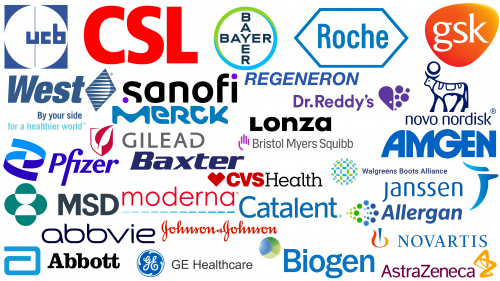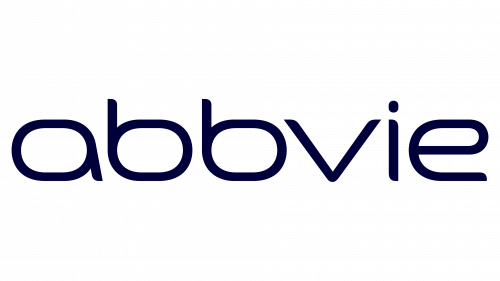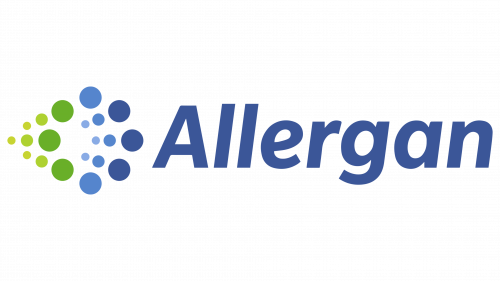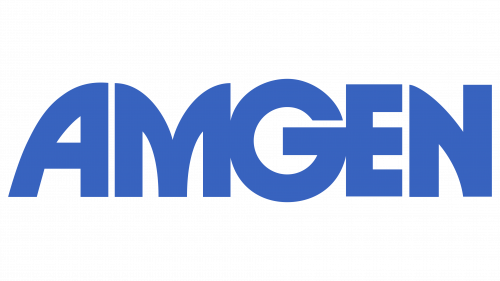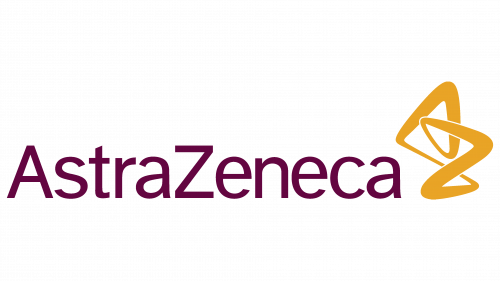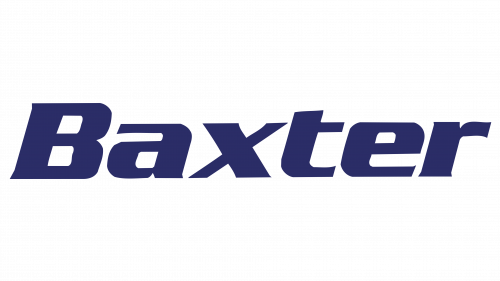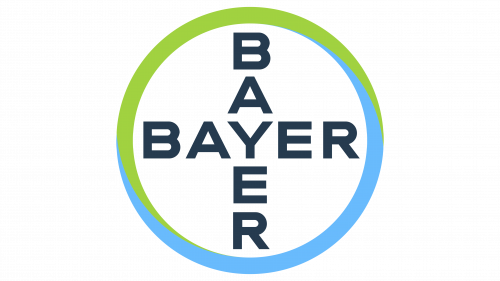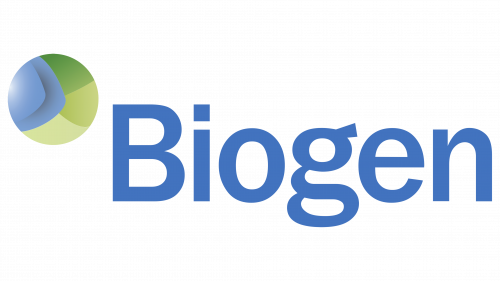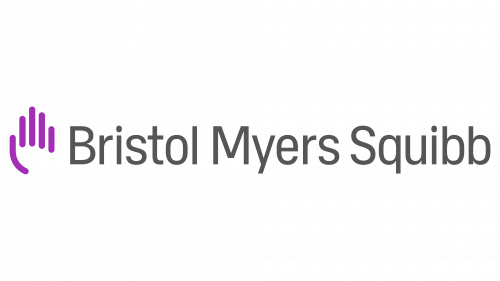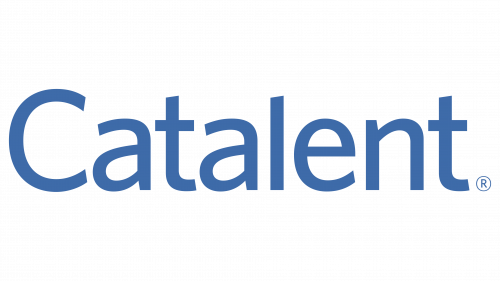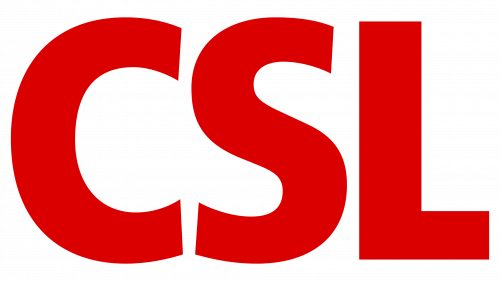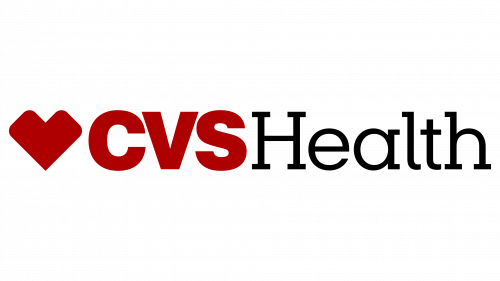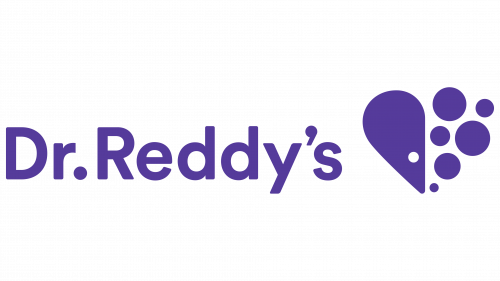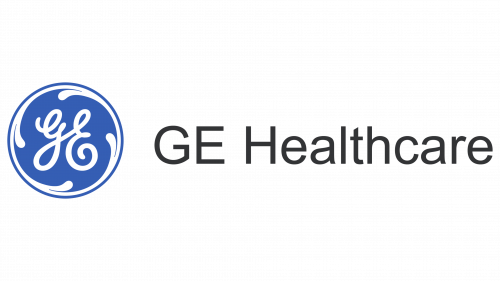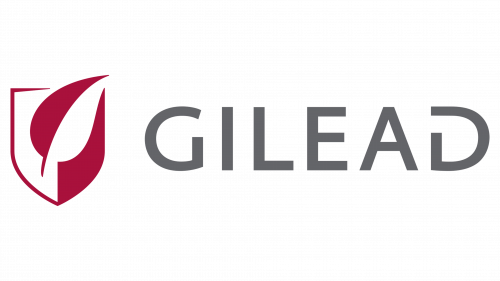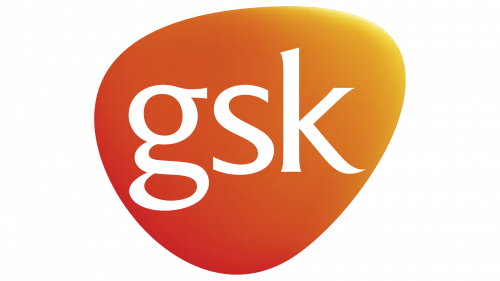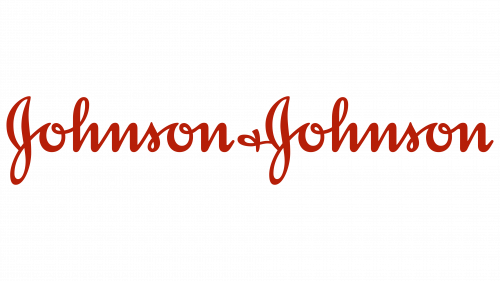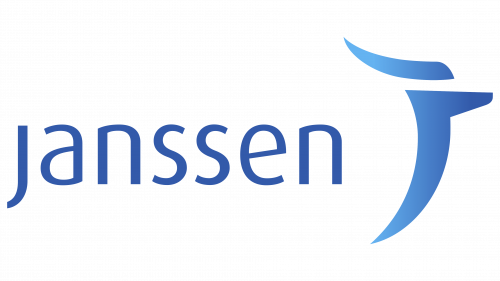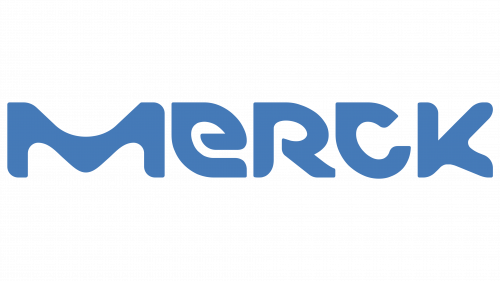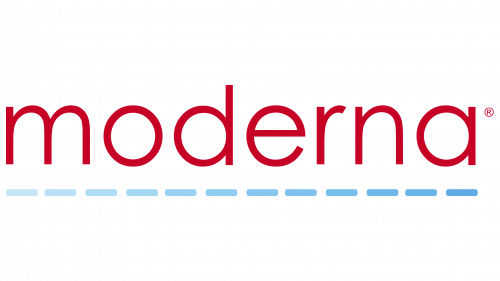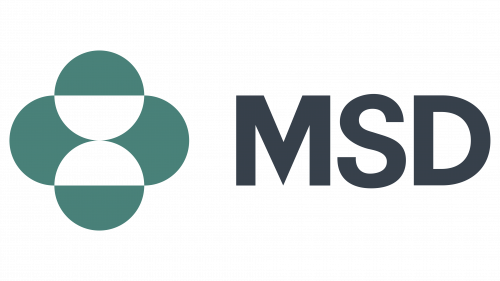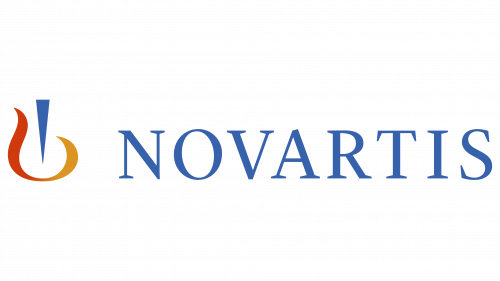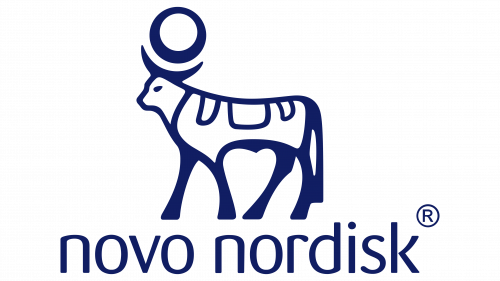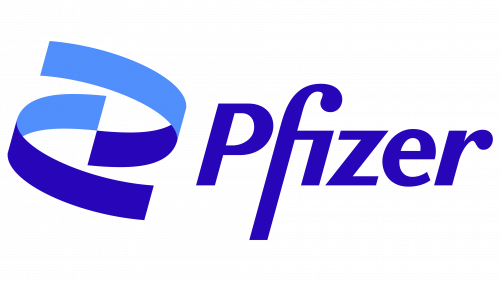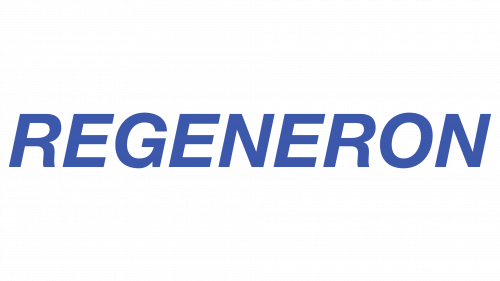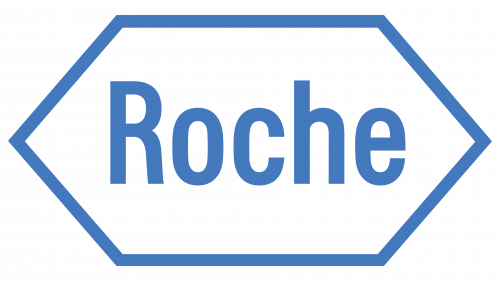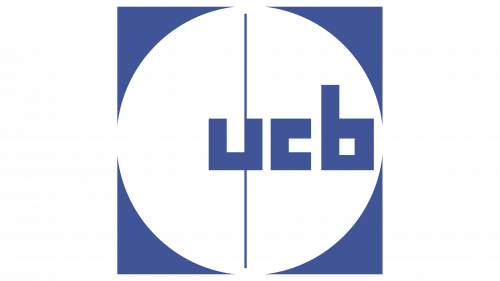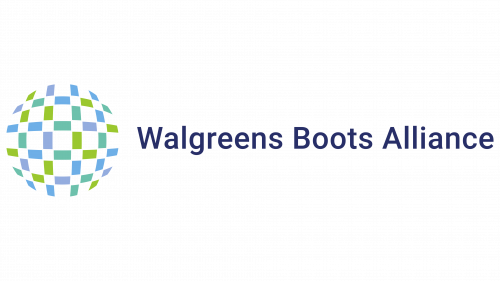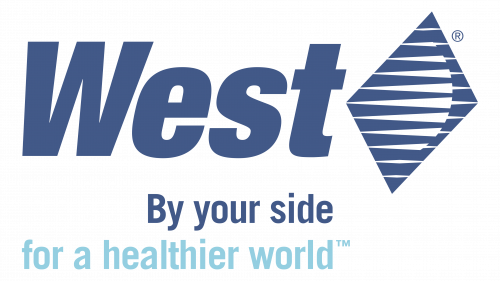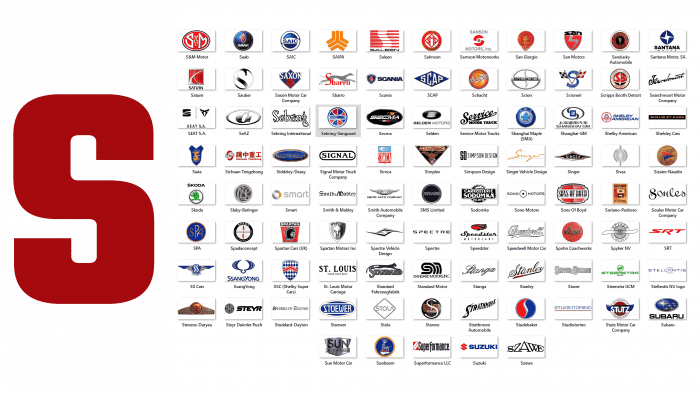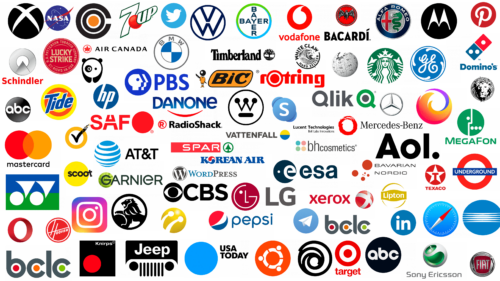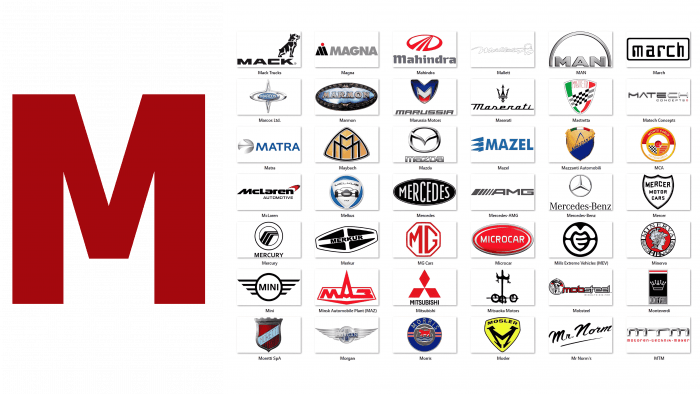The pharmaceutical sector features some of the most recognizable logos in the corporate world. Brands such as J&J, Pfizer, CVS Health, etc. dominate here. With a staggering value of $1.27 trillion, the pharmaceutical industry is undoubtedly vast and influential.
Navigating such a vast industry and making a name for brands can be challenging. There are various elements involved in creating a connection with an audience, and a brand’s logo plays a crucial role in this equation. A well-designed logo in the pharmaceutical sector increases brand recognition.
In a world where the first impression is the pharmaceutical company logo, it is often the initial point of contact with the audience. We will focus on some of the most iconic logos of pharmaceutical giants, tracing their origin and evolution. These emblems represent the companies and are a testament to their journey, legacy, and connection with consumers over the years.
Abbot Laboratories
With a history dating back to 1888, Abbot Laboratories is a global giant in the healthcare and medical device industry. This company has played an important role in the development of the healthcare sector.
The Abbot Laboratories logo is a combination of tradition and innovation. The swirling design resembling a lowercase letter “a” speaks of creativity. The choice of blue for this design element emphasizes reliability, a quality essential for a healthcare brand.
Combined with the modern symbol, the serif wordmark creates a sense of seriousness and reliability, echoing the brand’s longstanding presence in the medical world. The use of capital letters in the wordmark strikes a delicate balance: they exude authority without seeming excessive.
Abbvie
Abbvie, which emerged in 2013 from the entrenched tradition of Abbot Laboratories, is forging its way into the biopharmaceutical sector. While Abbot Laboratories remains a key player in the equipment and medical devices market, Abbvie has decided to focus its energies primarily on biopharmaceuticals.
Abbvie’s visual style draws subtle inspiration from its parent brand, Abbot Laboratories. It has a distinct flavor that aligns well with the company’s specialization. The simplicity of the Abbvie logo is evident in its streamlined lowercase lettering in a sans-serif font. This design choice gives the brand a modern aura and ensures ease of perception.
The straightforwardness of the logo, devoid of unnecessary frills, fits perfectly with the brand’s values of clarity and openness.
Allergan
Born in Ireland, Allergan is a beacon in the world of pharmaceuticals. Since its founding in 2015, the company has made significant strides in creating and distributing numerous medical devices and pharmaceuticals under well-known brand names. The pinnacle of its achievements is the invention of the drug Botox, which has attracted significant global attention.
Its logo in blue, a color usually associated with reliability, exudes professionalism and authenticity. The sans-serif typeface in uppercase gives a modern look while maintaining a sense of authority. Along with the main typographic element, the design features a crisp, fluid-like pattern – as if liquid is flowing from the precise point of a syringe. These graphics reflect Allergan’s pharmaceutical expertise and emphasize its commitment to precision in medical innovation.
Amgen
Amgen, taking its name from Applied Molecular Genetics, is a well-known biopharmaceutical company headquartered in California. Since its inception in 1980, it has attracted attention for its pioneering products such as Neulasta.
The name “Amgen” – “Amgen” – successfully condenses its founding name, reflecting its roots while presenting a concise brand image. The logo is eye-catching in its distinct boldness, which is evident in the use of capital letters in a solid font.
In keeping with the common theme of the pharmaceutical industry, Amgen also gravitates towards word design. The choice of blue for the branding is no coincidence; often associated with calm and reliability, this hue emphasizes the brand’s desire for safety, innovation, and trust.
AstraZeneca
AstraZeneca is well positioned amongst its peers in the pharmaceutical sector. Founded in 1999, it quickly attracted attention for its vast array of drugs designed to treat diseases ranging from cardiovascular to cancer, infectious diseases, and even neurological conditions. An important milestone in AstraZeneca’s journey was its involvement in the development of the COVID-19 vaccine, marking its key role in global health.
The AstraZeneca logo is a testament to the power of minimalist design. The company name is elegantly typed in a modern sans-serif font reminiscent of the Calibri typeface. The choice of a deep, professional shade of red emphasizes the company’s commitment to healthcare and evokes a sense of trust. Next to this wordmark is an emblem that is as symbolic as it is aesthetically pleasing. At first glance, it depicts a chemical reaction rendered in a gorgeous gold tone. However, a more discerning eye will notice the letters “A” and “Z,” organically combined with the initials of the company. This combination reflects AstraZeneca’s corporate identity in the best possible way.
Baxter
Founded in 1931, Baxter International has carved a niche for itself as a leading multinational healthcare company. Originating almost a century ago, the company has established its reputation for solving chronic and acute medical problems. There is a significant focus on solutions for kidney disease, which is undoubtedly an important factor in the advancement of medicine.
By entering the bioscience field, Baxter is not limiting its expertise to just one area. The company’s bioscience division has been instrumental in developing products for the treatment of immunodeficiency and bleeding disorders.
Baxter International’s logo does not disappoint. The distinctive logo, which echoes characteristics common to pharmaceutical companies, has a pronounced word mark. The font, executed in a bright blue color, is characterized by reliability and dynamism. The design emphasizes the essence of the brand, subtly conveying the company’s long-standing heritage and its pioneering spirit in the medical sector.
Bayer
Based in Leverkusen, Bayer is a formidable company in the field of pharmaceuticals and life sciences. Since 1863, this world powerhouse has boasted a number of renowned pharmaceutical products in its portfolio. Some of the well-known drugs include Cogenate, Nexavar, and ciprofloxacin.
The emblem of the company Bayer differs from the generally accepted. Abandoning the traditional one-word or typical combination mark, Bayer innovatively placed its trademark in the form of a cross surrounded by a circle emitting shades of blue and green. The cross, which is a universal symbol of the healthcare sector, emphasizes Bayer’s desires for health and well-being. At the same time, the circular bands of blue and green symbolize the Earth, subtly pointing to Bayer’s global presence and its responsibility to the environment and society.
Biogen
Biogen emerged as a beacon in the pharmaceutical sector in the heart of Cambridge, Massachusetts, in 1978. With a focus on pioneering research, developing innovative therapies, and ensuring their delivery, the company has worked tirelessly to find solutions for the treatment of neurological diseases. Biogen was founded on the collective talent of several outstanding experts, notable among them being the renowned Nobel Prize winner Walter Gilbert.
Biogen’s branding is a thoughtful integration of elements that resonate with the pharmaceutical industry as a whole yet retain their individuality. The brand’s typography utilizes a capital letter against a background of a rich shade of blue. This color, widespread among pharmaceutical brands, is associated with trust reliability. It is complemented by a round emblem, in which the blue color is organically combined with green. While the blue color remains in line with the general theme of trust, green brings the aspect of growth to the emblem.
The circular motif in the brand’s design is far more than just an aesthetic choice. It underscores the company’s desire to transcend local boundaries and reach a global audience, emphasizing a holistic and connected approach to health.
Bristol Myers Squibb (BMS)
Hailing from the bustling metropolis of New York City, Bristol Myers Squibb, commonly abbreviated to BMS, is a beacon in the pharmaceutical industry. With a rich history dating back to 1887, the company is the brainchild of the visionary Edward Robinson Squibb. BMS has expanded its repertoire with a range of prescription drugs that address many health issues, such as cancer, diabetes, and rheumatoid arthritis. The company’s global reach is evident as it caters to the medical needs of many countries around the world.
BMS boasts a logo that distinguishes it from many other pharmaceutical giants. It harmoniously combines an elegant sans-serif font in muted shades of gray with a bright emblem – a purple hand. This symbolic hand is not just aesthetic; it carries a deep meaning. The shade of purple chosen for the hand symbolizes the essence of compassion, signifying the company’s desire for patient care and compassion in healthcare.
Catalent
Based in New Jersey, Catalent is a well-known multinational corporation specializing in various industries, including development, biologic drug development, delivery technologies, gene therapy, and various consumer health products. This corporation first entered the global arena in 2017.
Catalent takes a design approach that echoes the design of a number of its competitors in the pharmaceutical sector. Favoring a minimalistic yet compelling design, the brand features a wordmark in a simple sans-serif and prepositioned case font. The choice of blue as the primary hue evokes a sense of reliability. It exudes a certain professionalism, positioning the brand as reliable and competent.
CSL
CSL was born out of the Australian federal government’s desire to excel in the field of biotechnology. Founded in Australia, the company has since spread its influence across the globe. Engaged in multifaceted development, manufacturing, marketing, and supply, CSL serves a diverse clientele and has earned a reputation for quality and innovation.
CSL’s logo is a testament to its significant presence in the industry. The choice of bold capital letters colored in a vibrant shade of red is not just a design; it’s a statement. This hue doesn’t just draw the eye; it demands it. The crimson hue evokes passion, vigor, and urgency, reflecting the company’s dedication to its mission and its undying spirit of innovation.
CVS Health
Founded in 1963, CVS Health has become a recognized name in the global healthcare sector. The US-based company operates the renowned CVS Pharmacy chain and manufactures and retails a wide range of pharmaceutical products. With this wide influence, the company has cemented its reputation as a leading provider of numerous healthcare services.
The terminology “CVS Health” is derived from the term “consumer value stores,” which sheds light on the company’s original ethos of prioritizing consumer values. In addition to its core brand, CVS Health owns several sub-brands, one of the most prominent among them being Aetna. This diversification strategy emphasizes the company’s desire to expand its horizons and meet a wide range of healthcare needs.
The CVS Health logo is a fusion of elements that reflect tradition. The logo, composed of two different typefaces, combines the old-fashioned charm of a serif font with the elegance of a sans serif font, epitomizing a combination of time-honored reliability. The heart-shaped glyph used in the design is a poignant symbol echoing themes of compassion, devotion, and holistic care. The brand’s balanced mix of elements emphasizes its concern for the well-being of consumers.
Reddy’s Laboratories
Originally from India, Dr. Reddy’s Laboratories has become a prominent figure in the international pharmaceutical industry since its inception in 1984. Serving both the domestic market and a global clientele, this company prides itself on manufacturing and marketing a wide range of pharmaceutical products.
The company has shown notable expansion, especially in the European and American sectors. An examination of the company’s branding reveals thoughtful design elements. The font, designed in a modern sans-serif style, has a muted purple hue and minimalistic lowercase lettering. It is complemented by a uniquely designed heart motif, symbolizing the company’s core values of care and dedication. The thoughtful choice of purple in the branding enhances the visual appeal and conveys a deeper sentiment.
GE Healthcare
Founded under the umbrella of the global conglomerate General Electric, GE Healthcare has firmly established itself in the medical industry. Specializing in diagnostic imaging and radiopharmaceuticals, the company is at the forefront of innovation. The company’s contributions to medicine range from pioneering CT scanners to the development of advanced medical technologies and revolutionary medical diagnostics.
GE Healthcare’s logo echoes the iconic symbol of its parent company, General Electric. The initials “GE” in the round icon are written in exquisite italics. Every twist and turn in the design emphasizes the elegance of the brand, highlighting its rich heritage and impeccable reputation in healthcare.
Gilead Sciences
Founded in 1987 in the US, Gilead Science has carved a niche for itself in pharmaceuticals, specializing primarily in the development and research of antiviral drugs. These drugs play a key role in the fight against diseases ranging from influenza and hepatitis to other serious pathologies.
The emblem, which is the face of Gilead, is designed in a modern style. The sans-serif font is chosen for the word mark, which gives it a modern look. A distinctive feature is the letter “D” in the culmination of the word, which stands alone, which distinguishes it from the traditional design. Complementing the trademark is an emblematic shield, on top of which lies a leaf. The fusion of these elements reflects the essence of Gilead Science, its strengths, and its desire to innovate in the field of pharmaceuticals.
GSK
Founded in 2000, GlaxoSmithKline, commonly abbreviated to GSK, has firmly established itself as a leader in the global pharmaceutical industry. Despite its relatively recent creation, GSK has become the sixth most important pharmaceutical company in the world.
What is distinctive about GSK’s approach to branding is that it sets the company apart from many competitors in the pharmaceutical industry. A characteristic feature of GSK’s corporate identity is its logo, which attracts attention with bright shades of orange and yellow colors. These shades merge together to form a visually pleasing emblem with a lowercase letter “gsk” in a classic serif font.
The chosen color palette and design is not just an aesthetic choice; it is imbued with symbolism. Collectively, the design elements evoke thoughts of research innovation, which is fully in line with GSK’s mission in healthcare and drug development.
J&J
Founded in 1886, Johnson & Johnson, often referred to as J&J, has established itself as a leading force in the global healthcare sector. The multinational giant’s product range ranges from advanced medical devices to everyday products and innovative pharmaceuticals. Demonstrating its immense credibility and influence, J&J is proudly ranked 36th on the coveted Fortune 500 2021 list, signaling its prominence among U.S. companies.
Strategically located in New Jersey, J&J’s concern for the health and well-being of people became even more evident during the COVID-19 virus pandemic, when the company took significant steps to combat the virus and protect public health. Visually, the brand reflects its ethics in the emblematic logo. The choice of bright red color is eye-catching and draws parallels with healthcare and medical urgency.
What really sets the J&J logo apart from its counterparts in the pharmaceutical field is its typographic design. The logo utilizes a font style reminiscent of flowing cursive handwriting. It is a subtle reminder that at the core of this vast corporation is a genuine concern for human health and well-being.
Janssen
Appearing initially under the name Centocor Biotech and then Janssen Biotech, Jenssen has carved a niche for itself in the biotechnology sector. The company was launched in Philadelphia with a clear vision: to harness the potential of monoclonal antibodies to create innovative diagnostics. Although the company’s initial aspirations were ambitious and noteworthy, it subsequently ceased operations and is no longer in the industry.
Janssen’s visual style radiates an aura of sophistication. If you choose a clean sans-serif font in a bright blue shade, the design will easily attract attention. Despite the fact that this wordmark resembles many others in the pharmaceutical industry, it retains its unique charm and personality. The text is accompanied by symbolic graphics. Although at first glance, it is a stylized image of the letter “J,” upon closer inspection, it reflects the shape of a torch. This dual symbolism conjures up images of illumination, leadership, and preservation of life – core principles that fit seamlessly into the ethos of a biotech company.
Lonza
The Lonza Group is a powerful biotechnology, food, and pharmaceutical company. Headquartered in Basel, this multinational corporation extends its expertise in product development to serve a range of sectors in the biological and pharmaceutical industries.
Lonza’s logo is an example of careful design craftsmanship. The logo is unique in that it is in uppercase, where each letter is aligned in height. The choice of black color for the word mark further strengthens its authority and creates an aura of professionalism. This choice of design elements subtly but effectively conveys the company’s desire for excellence.
Merck
Merck Group, commonly referred to as “Merck Group,” holds a place of honor among pioneering corporate entities and traces its roots back to the pharmaceutical industry. Founded in 1668, this brand with deep roots has survived more than three and a half centuries, making a significant contribution to the pharmaceutical industry with a multitude of products.
The Merck brand emblem is an intriguing combination of modern and classic. This symbolic image distinguishes the brand from its counterparts in the pharmaceutical field, carrying a pioneering spirit. The font chosen for the word mark subtly embodies fluidity, hinting at the company’s dynamism and adaptability. The retention of thin serifs in the typeface is a tribute to Merck’s long-standing authority in the industry. This combination captures the essence of the brand, which respects its past while being forward-looking and embracing the nuances of modern design aesthetics.
Moderna
Emerging from Massachusetts in 2010, Moderna has made significant strides as a biotech and pharmaceutical company. The company’s most notable achievement is the development of the COVID-19 vaccine, which is a tremendous contribution that has received worldwide acclaim. Although this vaccine is the company’s only commercial product, Moderna’s innovation portfolio has 44 potential drugs and vaccine candidates, which confirms its desire for medical advancement.
The bright red hue of its logo is eye-catching and symbolizes the company’s passion and desire to advance healthcare. Using a lowercase sans-serif font, Moderna creates a sense of accessibility and modernity. The thin, light blue line brings a contrasting visual element and evokes medical feelings reminiscent of surgical sutures.
MSD
MSD, known variously as “Merck & Co,” is an acronym for Merck Sharp & Dohme. This respected multinational company in the pharmaceutical field takes its name from the Merck family. In 1668, in Germany, the Merck family of outstanding ability laid the foundation for the Merck Group. With such deep roots, it’s no wonder they are credited with creating one of the most advanced pharmaceutical brands in the world.
The central word mark, written clearly and distinctly, ensures brand recognition. The distinctive logo is eye-catching: While its silhouette may conjure up the image of an hourglass set against an ellipse, a closer look reveals similarities to a collection of tablets or capsules.
Novartis
Originally from Switzerland, Novartis has carved a niche for itself in the pharmaceutical sector, becoming one of the largest organizations over the decades. This company is credited with the development of several well-known drugs, particularly clozapine and letrozole.
The Novartis logo is an intriguing mix of traditional and modern. It uses a classic serif font in a deep blue color that evokes a sense of reliability and trust. In stark contrast to the font, an eye-catching visual element could be a flame or lighthouse accented by a central blue dot. This emblem represents the company’s unwavering desire for growth while maintaining a stable foundation.
Novo Nordisk
Originally from Denmark, Novo Nordisk, founded in 1923, has grown into a pharmaceutical giant with a presence in 150 countries. With a reputation for pioneering the treatment of diabetes, the company has made significant strides in the development of medicines and various related devices.
The emblem representing Novo Nordisk is multifaceted in its symbolism. It is centered on a word mark accompanied by an image of the revered Egyptian bull Apis. Historically, this bull represents vigor and fertility. In this intricate design, Novo Nordisk seamlessly transfers its tradition to life-enhancing pharmaceutical solutions.
Pfizer
Pfizer, hailing from America, has firmly established its position as a leader in biotechnology and pharmaceuticals. This venerable organization, which traces its history back to 1849, has accumulated more than 170 years of experience, during which it has spearheaded numerous breakthroughs in the field of medicine. Pfizer’s portfolio encompasses a wide range of vaccines and therapeutics for various fields of medicine, such as oncology, immunology, cardiology, and neurology.
The corporate identity of Pfizer, one of the world’s leading pharmaceutical companies, is in line with its mission and values. The company’s logo, which represents two intertwining swirls, uses gradations of blue. The symbolic design resembles the helical structure of DNA, subtly emphasizing the company’s dedication to cutting-edge genetic research and innovation.
Regeneron
Founded in 1988, Regeneron Pharmaceuticals began its journey by focusing on the study of neurotrophic factors and their regenerative capabilities. This research emphasis is reflected in the company’s name, which emphasizes the concept of regeneration. Over time, Regeneron broadened its research horizons to focus on tyrosine kinases and cytokine receptors, demonstrating its allegiance to broader biomedical advances.
The Regeneron logo stands out with its distinctive typographic design. The design utilizes a fully uppercase format, which, combined with the sans-serif font, gives a dual message: authoritative and contemporary. The capital letters indicate unwavering loyalty and leadership in the pharmaceutical field. The use of the sans-serif font combined with a soothing blue shade subtly conveys the brand’s trusting nature and its desire to be accessible and reliable.
Roche
Roche, founded in Switzerland in 1896 and recognized as a global leader in healthcare, has a history of more than 120 years. Its international activities span two major divisions, notably the company that controls Genentech, a renowned American biotechnology company.
Roche’s corporate identity is a combination of tradition and modernity. The brand’s rich blue hue is associated with reliability and trust, attributes that are often sought after in healthcare. The typography, located in uppercase, utilizes a sans-serif font.
Further enhancing Roche’s identity is the strategic use of a hexagonal motif. Being geometric, the hexagon, according to the company, embodies the concepts of balance and unity. Roche effectively conveys the idea of unity and an unwavering desire for health and well-being on a global scale.
Sanofi
Sanofi, located in the heart of Paris, France, began its journey in 1973, focusing on the development, research, and promotion of pharmaceuticals. In addition to prescription drugs, Sanofi is also known for its extensive line of over-the-counter solutions. Sanofi originated as a subsidiary of an oil company, reflecting its remarkable transformation over the decades.
Unlike the traditional aesthetics often found in the pharmaceutical industry, Sanofi’s branding features a distinct design style. The logo utilizes an innovative depiction of the letter “S,” the base of which is intriguingly truncated. Sanofi uses a deep black hue that is synonymous with a professional and authoritative demeanor. At the same time, the inclusion of purple evokes feelings of empathy and care, emphasizing Sanofi’s unwavering commitment to the well-being and welfare of its consumers.
UCB
The Belgian company UCB is prominent on the global pharmaceutical scene and is known for its extensive research into diseases such as Crohn’s disease and Parkinson’s disease. The company devotes much of its resources and expertise to developing treatments for serious diseases.
UCB’s visual identity is somewhat different from the typical pharmaceutical symbolism on the market. The emblem includes a lowercase word mark in a modern sans-serif block font. This mark is elegantly positioned against a clean white circle. Another layer of symbolism is provided by the white circle superimposed on a square shape that strikingly resembles a regular tablet. This design choice subtly highlights UCB’s core competency and makes it an easily recognizable emblem in the pharmaceutical sector.
Walgreens Boots Alliance
Walgreens Boots Alliance, which has become a key player in the pharmaceutical arena, is a testament to the power of strategic mergers and collaborations. This holding company manages a number of pharmaceutical giants, with Boots and Walgreens being the most prominent. Given its clout, it is interesting that the company has only been in operation since 2014, which is a testament to its rapid ascent in a competitive environment.
In corporate branding, logos often act as silent ambassadors, and the Walgreens Boots Alliance logo is no exception. By favoring elongated terminology, the company demonstrates that even elongated names can create a memorable imprint if designed with intentionality. The sans-serif font in deep blue is designed to instill confidence in the pharmaceutical sector.
Next to the stand-out wordmark is a design element that looks strikingly like a globe. This is not just a decorative element. This global motif underscores the company’s desire to work with different markets, emphasizing its commitment to global health solutions and broad accessibility.
West Pharmaceutical
Founded in 1923, West Pharmaceutical Services is prominent in the pharmaceutical arena as an outstanding manufacturer of packaging solutions, injection devices, and advanced delivery systems. Over the decades, the company has maintained its status as a key player, providing indispensable services in this niche sector.
The visual identity of the brand has a classic style, which contrasts somewhat with the modern design adopted in today’s industry. The West brand mark, in bold sans-serif font with soft italics, conveys a sense of tradition and reliability. The accompanying tagline, “Next to You for a Healthier World,” creates an air of trust, emphasizing the brand’s commitment to its stakeholders and its unwavering dedication to global health.
Creating the best pharma logo design
Like all other brands in various industries, pharmaceutical companies realize the power of a well-designed logo. These emblems serve as more than just symbolic representations; they embody the brand’s ethics, values, and promises to its consumers. An effective pharmaceutical logo doesn’t just set a company apart from its competitors; it embodies its mission, vision, and commitment to health and wellness.
It is worth noting the major themes and trends that are prevalent in pharmaceutical logo designs. They often include elements that reflect science, health, innovation, and reliability. In some cases, molecular structures are used, while in others, silhouettes of people or medical instruments are used. Despite the common thematic focus, each logo is created in such a way as to give the brand a unique personality.
In today’s competitive pharmaceutical market, with many companies vying for the attention of consumers and investors, choosing the right logo is crucial. It not only helps consumers to remember the brand but can also attract the interest of potential investors. Logos play an important role in creating stories; they serve as unspoken but powerful brand ambassadors, paving the way for a company’s future growth and distribution in the ever-expanding global pharmaceutical arena.
